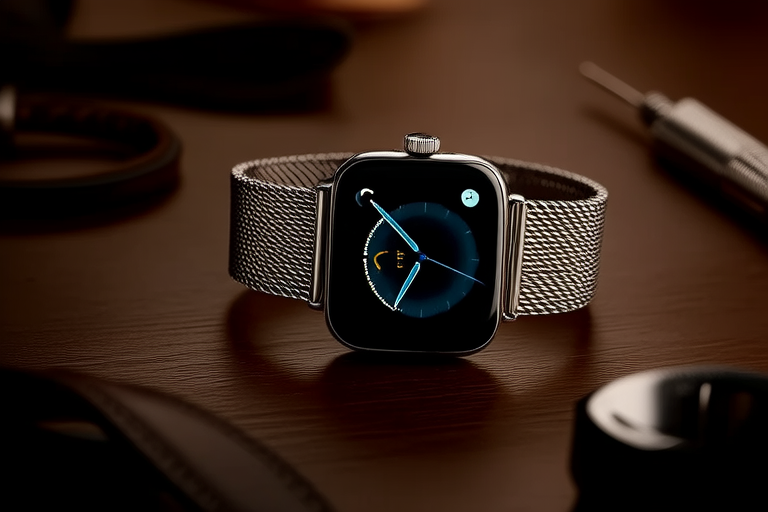“`html
Design Meets Functionality: Innovations in Modern Wearable Device Aesthetics
Introduction
The realm of wearable technology has seen an unprecedented surge in popularity over the past decade. From fitness trackers to smartwatches and augmented reality glasses, these devices have seamlessly integrated into our daily lives, offering not just convenience but also enhanced functionalities. However, the true potential of wearable tech lies in its ability to merge form and function, creating products that are both aesthetically pleasing and highly functional. This balance is crucial for ensuring that users not only find these devices useful but also desire to wear them, making the technology an integral part of their lifestyle.
Historical Context
The journey of wearable technology began with rudimentary devices designed primarily for medical purposes, such as heart rate monitors and blood glucose meters. These early prototypes laid the groundwork for more sophisticated models. Key milestones include the introduction of the first commercially available wristwatch-sized personal computer, the Pebble, which revolutionized the concept of wearables by integrating a small touchscreen interface. Another significant leap was made with the launch of the Apple Watch, which brought advanced computing power to the wrist, paving the way for a new era of multifunctional wearables.
Current Trends in Design
In recent years, the design of wearable devices has shifted towards minimalism, focusing on clean lines and subtle elegance. Devices like the Fitbit Versa and the Apple Watch Series 8 exemplify this trend, featuring sleek, unobtrusive designs that blend seamlessly with various outfits. Ergonomics have also become a priority, with manufacturers paying close attention to the comfort and fit of their products. For instance, the Garmin Fenix series offers robust, rugged designs suitable for outdoor enthusiasts, while maintaining a high level of comfort during prolonged wear. Additionally, the integration of wearables with fashion is increasingly popular, with brands like Fossil and Misfit releasing collections that appeal to style-conscious consumers.
Materials and Technology
Advancements in materials science have played a pivotal role in enhancing both the aesthetics and functionality of wearables. Flexible OLED screens, for example, allow for thinner, lighter devices with vivid displays. Lightweight metals and hypoallergenic materials are used to ensure comfort and durability. Furthermore, the inclusion of biometric sensors, such as those for heart rate monitoring and sleep tracking, provides users with valuable health insights. Wireless charging capabilities have also been integrated, reducing the need for cumbersome cables and contributing to the overall sleekness of the devices.
User Experience and Customization
User-centric design has driven the creation of more personalized and customizable wearables. Interchangeable bands and color options allow users to express their individuality and adapt their devices to different occasions. Software customization, including customizable watch faces and apps, further enhances the user experience. For example, the Samsung Galaxy Watch allows users to personalize their device’s appearance through a wide range of watch face options and app integrations, making it truly unique to each user.
Challenges and Future Directions
Despite the progress, designers still face significant challenges in balancing form and function. Battery life remains a critical issue, with longer-lasting batteries often compromising the slim profile of devices. Heat management and durability are other concerns, particularly for devices worn in harsh environments. Looking ahead, innovations such as flexible batteries and advanced cooling systems could address these issues. Moreover, the integration of artificial intelligence and machine learning could lead to wearables that anticipate user needs and offer proactive health advice, further enhancing the user experience.
Conclusion
The evolution of wearable technology reflects a continuous pursuit of harmony between design and functionality. By addressing the challenges and leveraging advancements in materials and technology, manufacturers can create devices that are not only visually appealing but also highly effective in meeting user needs. As the industry continues to innovate, the seamless integration of form and function will undoubtedly shape the future of wearable technology, making it an indispensable part of our everyday lives.
“`


